Snakebites are a global health crisis, affecting millions of people every year. Venomous snakes can deliver a lethal dose of venom with a single bite, making immediate treatment a matter of life or death. Thankfully, immunology pioneers in the 1890’s were the first to develop snake antivenom…and we still use the same process today!
Snake venom is a complex cocktail of various proteins, enzymes, and other substances, each with its unique effects on the human body. These venom components can cause severe tissue damage, interfere with blood clotting, can cause paralysis, and even lead to organ failure. Snake antivenom, on the other hand, is a specialized serum that contains antibodies capable of neutralizing the venom's toxic effects.
The steps for antivenom production.
Step 1: Venom Collection: To produce snake antivenom, venomous snakes are carefully selected and milked for their venom. This process involves stimulating the snake's venom glands while safely collecting the venom drops. Expert herpetologists or trained professionals perform this task, ensuring minimal harm to the snake and themselves.
Step 2: Venom Dilution: Once collected, the venom is carefully diluted. This step is crucial to reduce its toxicity and make it safe for subsequent use in the production of antivenom. Dilution also helps in standardizing the venom concentration for consistent batch production.
Step 3: Animal Immunization: Next comes the immunization stage. The diluted venom is injected into a host animal, often horses, although other animals like sheep or goats can also be used. Horses have proven to be particularly effective in producing large quantities of antibodies. The injected venom stimulates the animal's immune system to produce a defensive response, generating specific antibodies to combat the venom toxins.
Step 4: Antibody Harvesting: Over a period of several weeks, the host animal's immune system produces a significant quantity of antibodies against the venom. Regular blood samples are collected from the animal, typically from the jugular vein, and processed to separate the serum, which contains the valuable antibodies. The animal's well-being is closely monitored throughout the process, and steps are taken to ensure their comfort and health.
Step 5: Purification and Standardization: The harvested serum is subjected to purification techniques to remove any impurities and concentrate the desired antibodies. Various purification methods, such as chromatography and filtration, are employed to achieve this. The purified antibodies are then analyzed and standardized to ensure consistent quality and potency.
Step 6: Testing and Packaging: The final step involves rigorous testing of the antivenom to assess its effectiveness and safety. The antivenom is tested for its ability to neutralize the venom's toxic effects through in vitro assays and in vivo tests. Once the product meets the required standards, it is packaged into vials or ampoules, ready for distribution to hospitals and healthcare facilities.
The production of snake antivenom is a complex and intricate process that involves careful venom collection, animal immunization, antibody harvesting, purification, standardization, and extensive testing. Thanks to the efforts of scientists, herpetologists, and veterinary professionals, snake antivenom plays a vital role in saving countless lives affected by snakebites. As research and technology continue to advance, the development of more effective and accessible antivenoms holds great promise in reducing the global burden of snakebite fatalities.
If you found this article helpful, please consider donating to ASF today. Every donation is 100% tax deductible and goes directly to patient care in Africa.

